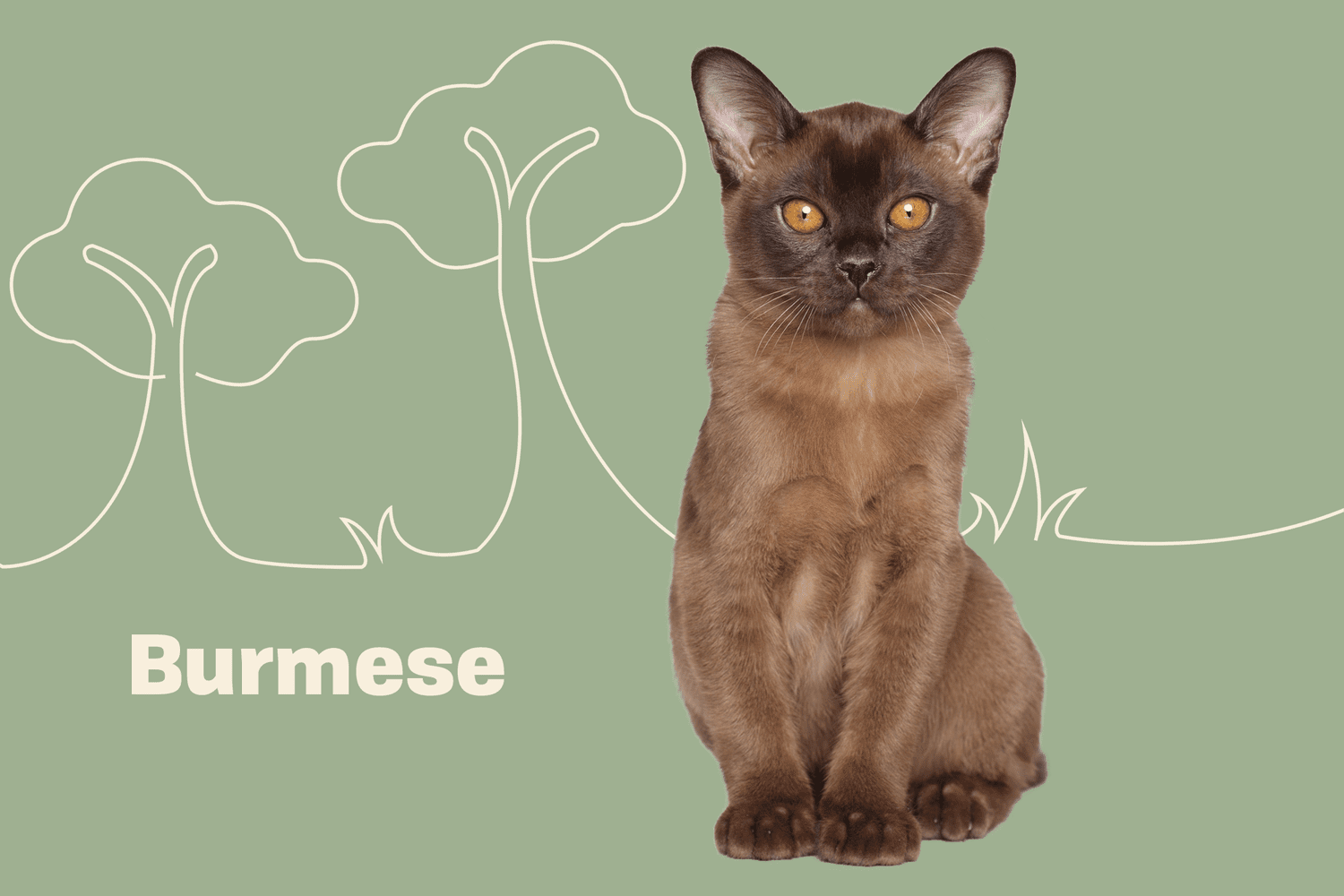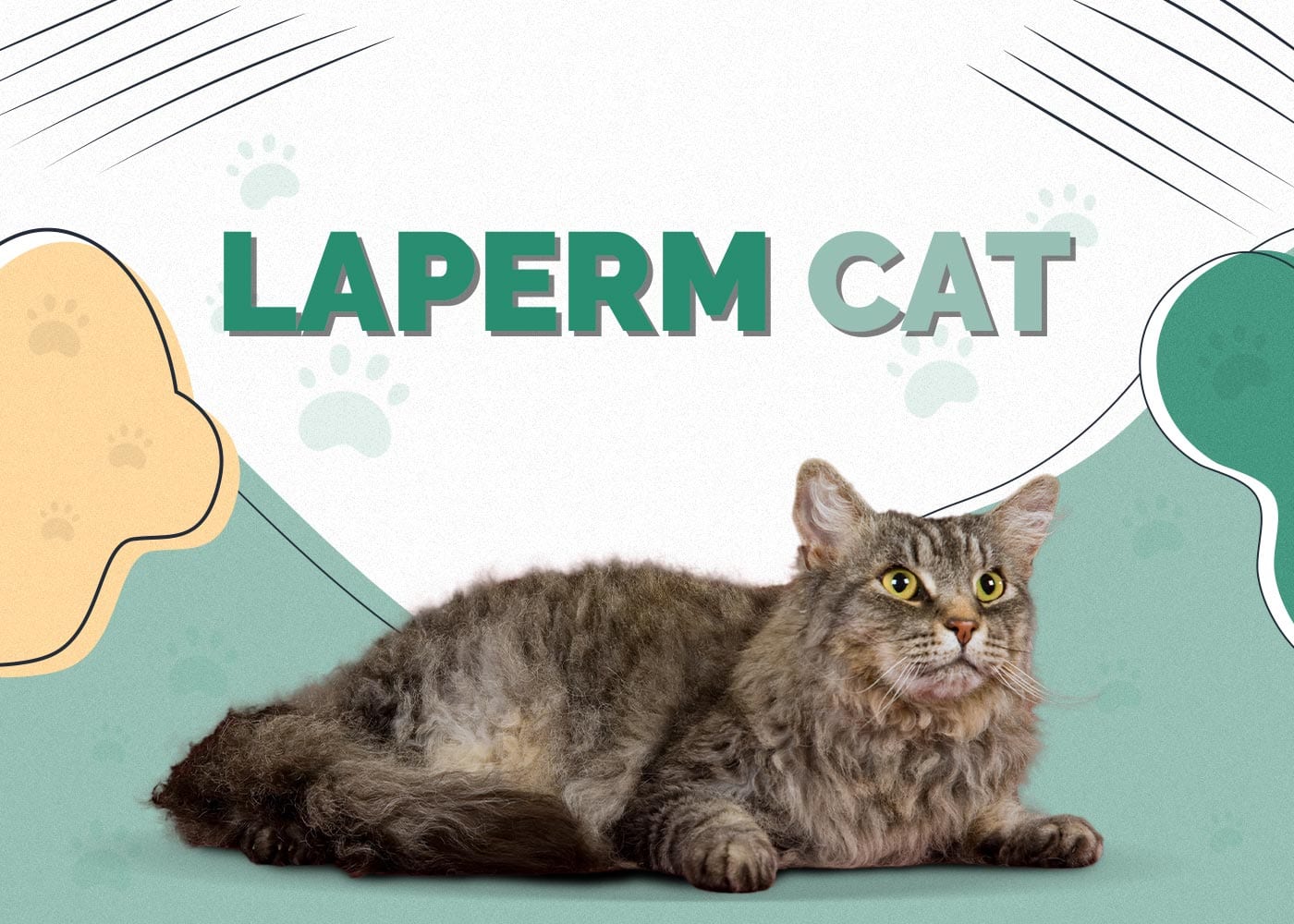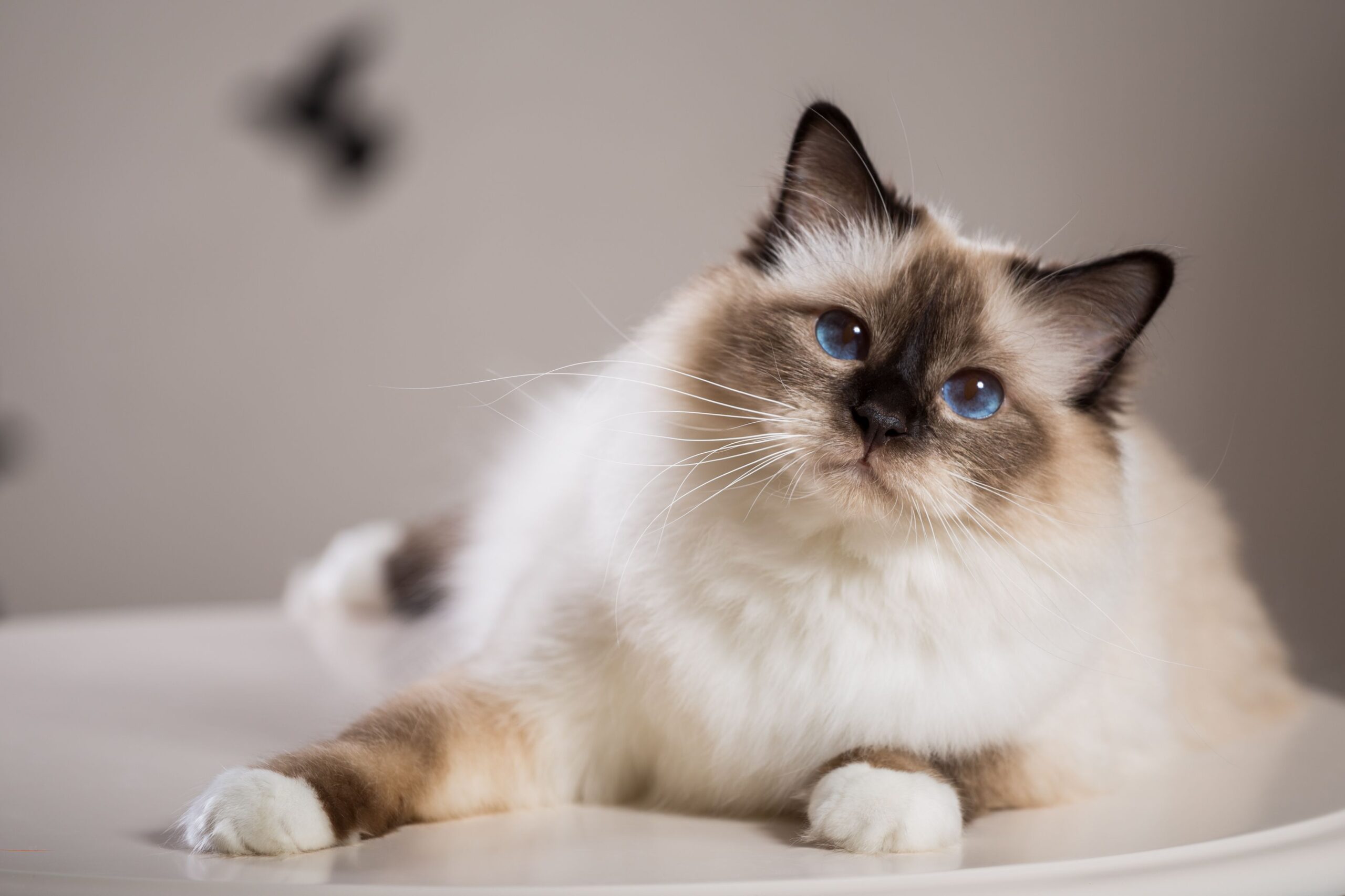Siberian Cat Complete Guide: Traits, Care, Training, Choosing Tips, Pros & Cons, and Price
Introduction
The Siberian cat is a majestic and ancient feline breed that hails from the vast forests of Russia. With its thick, luxurious triple coat and muscular build, this cat is as striking in appearance as it is affectionate in nature. Known for being gentle giants with playful personalities, Siberians are gaining popularity around the world — not just for their beauty, but for their friendly, hypoallergenic traits.
In this comprehensive guide, we will explore everything you need to know about the Siberian cat: its profile, characteristics, how to care for and train them, tips on choosing the right Siberian, pros and cons, and the typical price range.
Siberian Cat Profile
| Feature | Details |
|---|---|
| Breed Name | Siberian |
| Origin | Russia (Siberian Forests) |
| Lifespan | 12 – 16 years |
| Weight | 8 – 17 pounds (3.6 – 7.7 kg) |
| Coat Type | Triple-layered, semi-long |
| Eye Color | Gold, green, blue, or odd-eyed |
| Coat Colors | All patterns and colors, including tabby |
| Hypoallergenic | Yes (less Fel d 1 protein) |
| Temperament | Friendly, intelligent, playful, loyal |
| Energy Level | Moderate to high |
| Grooming Needs | Moderate |
| Suitable For | Families, singles, children, other pets |
History and Origins
Siberian cats have been around for over a thousand years. They are considered a natural breed — meaning they were not human-created through crossbreeding. Originating in the frigid forests of Siberia, they evolved to develop a dense, water-resistant triple coat to survive harsh winters.
These cats were popular in Russian folklore and were often kept as mousers in households and monasteries. They were first brought to the United States in the 1990s and quickly captured hearts due to their rugged charm and affectionate personalities.
Physical Characteristics
1. Coat and Colors
Siberians are famous for their thick triple-layered coat, which consists of:
- A downy undercoat for insulation
- A middle coat of awn hairs for warmth
- A long, coarse topcoat for water resistance
They come in all coat colors and patterns, including tabby, tortoiseshell, solid, and pointed varieties.
2. Body and Build
Siberians have a powerful and muscular build. Males can be quite large and take up to 5 years to reach full maturity.
- Medium to large in size
- Rounded paws with tufts of fur
- Bushy tails and thick neck ruffs
- Ears have tufted tips and lynx-like appearance
3. Eyes
Their eyes are expressive and round, with a color range from golden amber to green and sometimes blue (especially in color-point varieties).
Temperament and Personality
Siberians are loving and social cats with a balanced personality. They are affectionate without being clingy, playful without being hyper, and intelligent without being demanding.
Key Traits:
- Affectionate: Enjoys cuddling and being near their humans
- Playful: Loves interactive play well into adulthood
- Intelligent: Can solve puzzles, open doors, and learn commands
- Adaptable: Adjusts well to new environments and people
- Dog-like Loyalty: Often follows their owners from room to room
- Quiet Communicator: Uses chirps and trills rather than loud meows
They generally get along with children, dogs, and other cats, making them ideal family pets.
How to Care for a Siberian Cat
1. Feeding
- High-protein, grain-free diet recommended
- Wet food can help maintain hydration
- Avoid overfeeding, as Siberians love to eat
2. Grooming
Despite their thick coat, Siberians don’t mat easily thanks to the texture of their fur. However, regular grooming is still necessary:
- Brush 2–3 times a week, more often during seasonal shedding
- Trim nails regularly
- Clean ears and check for wax buildup
- Brush teeth 2–3 times weekly to prevent dental disease
3. Exercise and Enrichment
These cats are agile and athletic. They benefit from vertical spaces and mentally stimulating activities:
- Cat trees and perches
- Puzzle toys and treat dispensers
- Laser pointers and feather wands
- Occasional supervised outdoor time or catio
4. Healthcare
Siberians are generally healthy, but some concerns include:
- Hypertrophic cardiomyopathy (HCM): A heart condition found in some pedigreed lines
- Obesity: Due to their love of food and large build
- Dental issues: Preventive care is key
Annual vet checkups and vaccinations are essential.
How to Train a Siberian Cat
Siberians are smart and curious, making them easy to train if done with patience and rewards.
Training Tips:
- Litter Training:
Most kittens are already litter-trained, but make sure the box is clean and accessible. - Obedience Training:
Use treats and clicker training to teach commands like “come,” “sit,” or “high-five.” - Leash Training:
Siberians can be taught to walk on a leash. Start indoors with a harness and progress slowly. - Discouraging Bad Behavior:
Use redirection and positive reinforcement. Never use punishment. - Socialization:
Expose them to new people, sounds, and environments from a young age for well-rounded behavior.
How to Choose a Siberian Cat
1. Adopt or Buy
You can adopt from a shelter or buy from a reputable breeder. Make sure the breeder:
- Performs health screenings for HCM and genetic disorders
- Socializes kittens properly
- Provides health guarantees and proper documentation
2. Questions to Ask the Breeder
- Are the kittens raised in a home environment?
- What kind of socialization have they had?
- Are the parents on-site?
- Do you offer a health certificate?
3. Signs of a Healthy Kitten
- Clear eyes, clean ears, and shiny coat
- Active and playful behavior
- No signs of sneezing, coughing, or diarrhea
Pros and Cons of Owning a Siberian Cat
✅ Pros:
- Hypoallergenic qualities: Lower levels of Fel d 1 allergen
- Affectionate and loyal without being needy
- Playful and intelligent: Can be leash-trained and taught tricks
- Beautiful coat and robust health
- Great with kids and pets
❌ Cons:
- Heavy seasonal shedding requires more grooming
- May be expensive to purchase from breeders
- Takes time to mature — not fully grown until 5 years
- Needs stimulation — boredom can lead to mischief
- Loves high places — might jump on counters or shelves
Price of a Siberian Cat
| Type | Estimated Price (USD) |
|---|---|
| Pet Quality | $1,200 – $2,000 |
| Show Quality | $2,500 – $4,000+ |
| Rare Colors | $3,500+ |
| Adoption (Rescue) | $100 – $300 |
Additional Costs:
- Initial supplies: $300 – $500
- Annual food: $300 – $600
- Vet visits: $100 – $300/year
- Grooming tools: $50 – $100
- Insurance (optional): $20 – $40/month
Is the Siberian Cat Right for You?
Ideal for:
- Families with children or other pets
- People with mild cat allergies
- Owners who enjoy interactive, trainable cats
- Homes that can provide vertical space and mental stimulation
May not be ideal for:
- People with severe allergies
- Owners looking for a low-maintenance, independent pet
- Those not prepared for regular grooming or exercise needs
Conclusion
The Siberian cat is an exceptional breed with a balance of beauty, brains, and affection. Whether you’re looking for a companion to share your space or a majestic feline with an engaging personality, the Siberian cat delivers it all. Their hypoallergenic qualities and social temperament make them an increasingly popular choice for modern cat lovers.
If you’re ready for a long-term bond with a gentle, loyal feline who will both entertain and comfort you, the Siberian might just be your purr-fect match.




